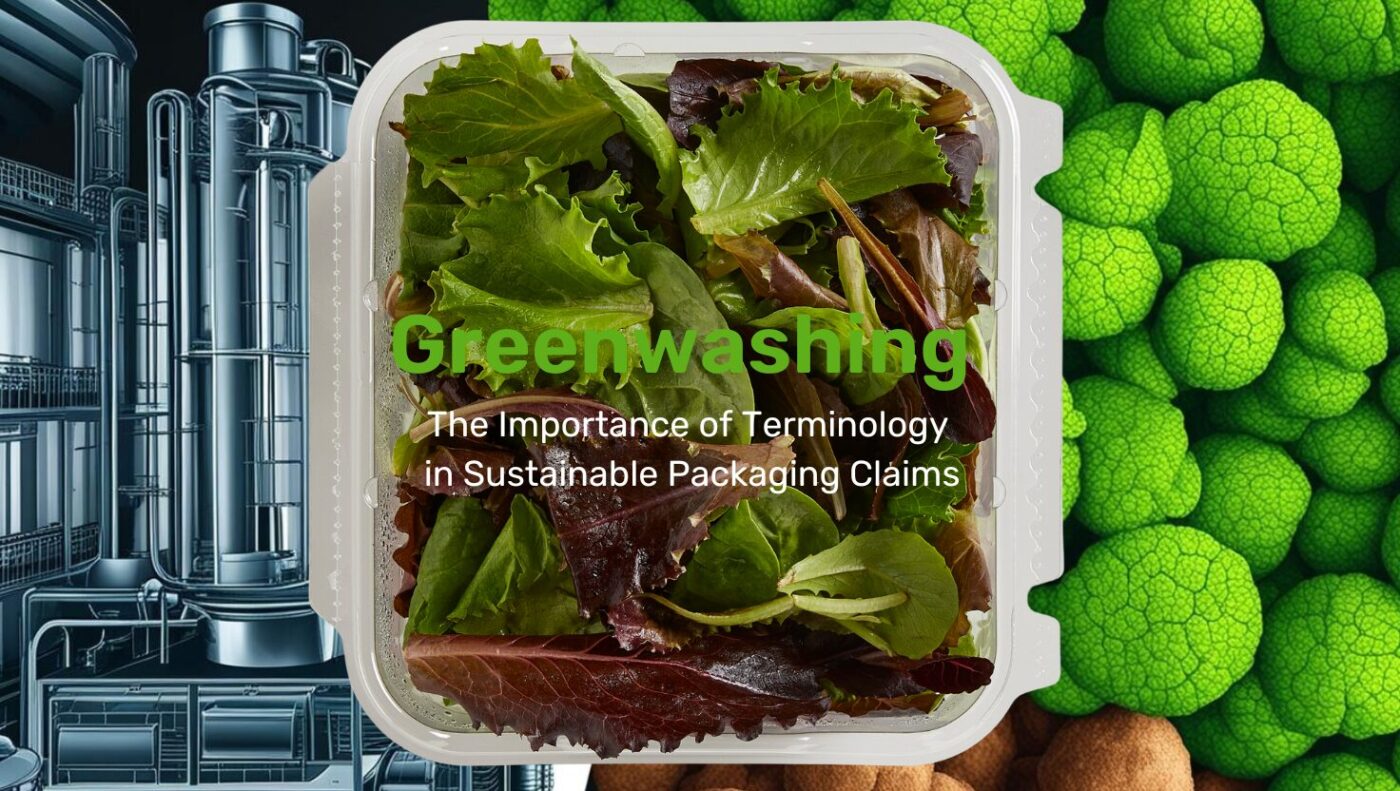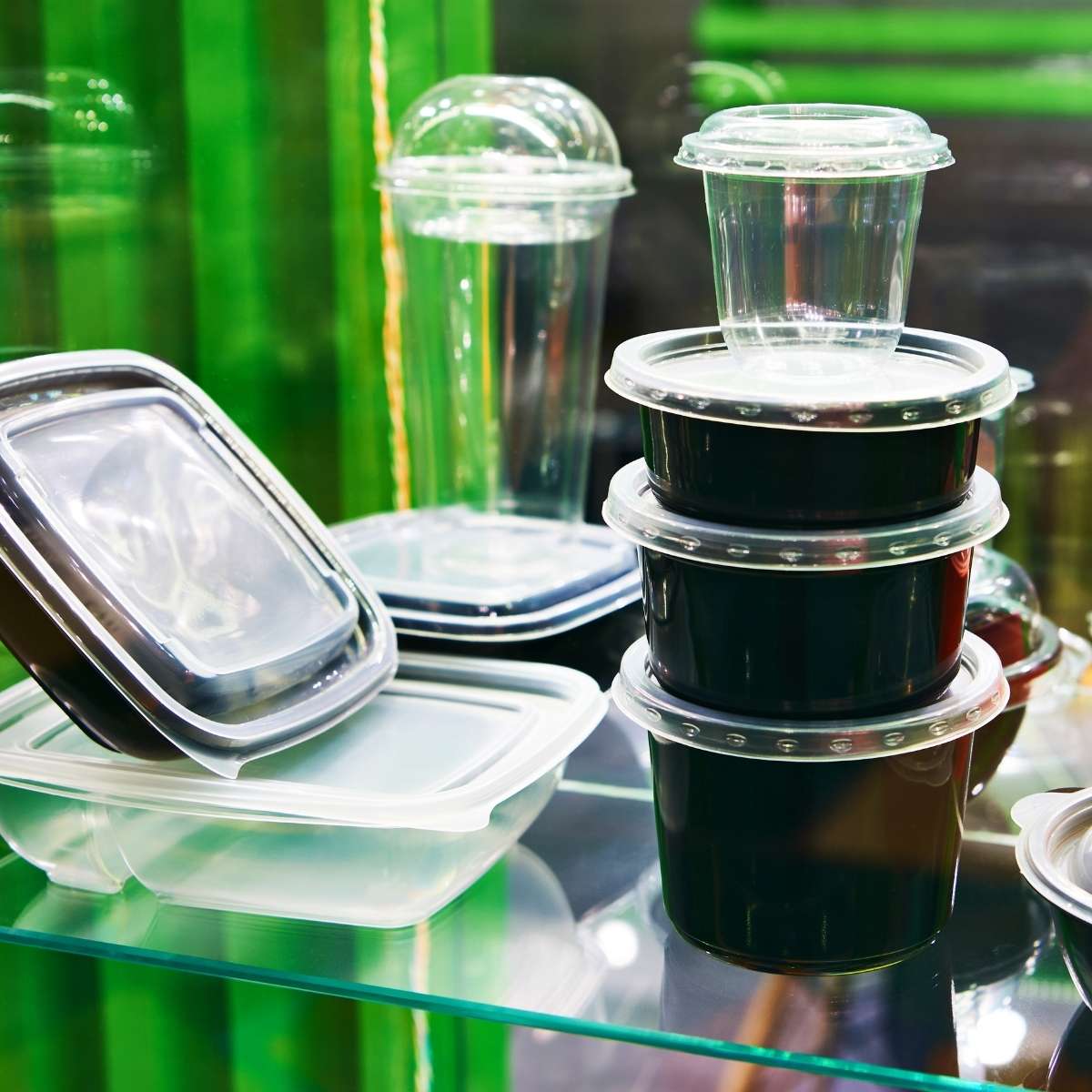
Understanding the Language of Sustainability As the push for sustainable packaging grows,…


The way that people consume their food is changing—and the foodservice industry is following suit.
Busy consumers are moving through their lives faster than ever, creating a need for packaging that’s practical for the on-the-go individual. Consumers are ordering food online in greater numbers than ever before, and services like Seamless, Grubhub, and DoorDash are cropping up to feed this demand for ready-made meals.
As more of the modern world comes to rely on plastic takeout containers and other single-use food packaging items, attention has started to shift to how to package food in the most environmentally conscious ways. A wide variety of information is shared on a daily basis concerning the realities of food packaging—but some of it is outdated, inaccurate, or both.
The facts: In reality, the compostable food packaging assembled from plant-based polymers and other materials does compost. However, it’s important to remember that many composting services operate via different principles from each other, so you should check the abilities of your community’s composter before selecting compostable packaging.
The foodservice and composting industries are working in tandem to expand the available infrastructure for composting food and beverage packaging.
The facts: Consumers can rest easy on this front. The vast majority of plastics used for packaging in the United States are made using natural gas originating in North America.
The facts: According to the 2009 National Visible Litter Survey conducted by Keep America Beautiful, foam-based foodservice packaging wasn’t even among the top ten items littered on United States roadways.
The facts: Bans don’t reduce litter streams; they merely change their composition.
In 2008, San Francisco audited the types of trash found on the street before and after implementing a ban on foam polystyrene foodservice packaging. The city found approximately 30% fewer discarded foam cups, but it recorded a 30% increase in littered paper cups.
The facts: Foam polystyrene cups and containers actually can be recycled—there are just limited locations at which to do so.
Communities, recycling facilities, and plastic end markets across the nation are working to expand opportunities to collect and process these items. After processing, they can be recycled into useful items like tape rolls, hangers, and even raw materials that can be used to make new foam containers and cups.
Foodservice packaging gives consumers the chance to reduce the amount of food they throw in the trash. The foodservice industry uses specialized packaging for a variety of purposes, including
Ordering takeout or picking up ready-to-eat foods is next to impossible without proper packaging. Foodservice packaging is more than just a convenience—it’s a necessity. Good foodservice packaging is:
If you would like to learn more about how using the right packaging can benefit your foodservice organization, visit our food packaging information page or contact us today.
